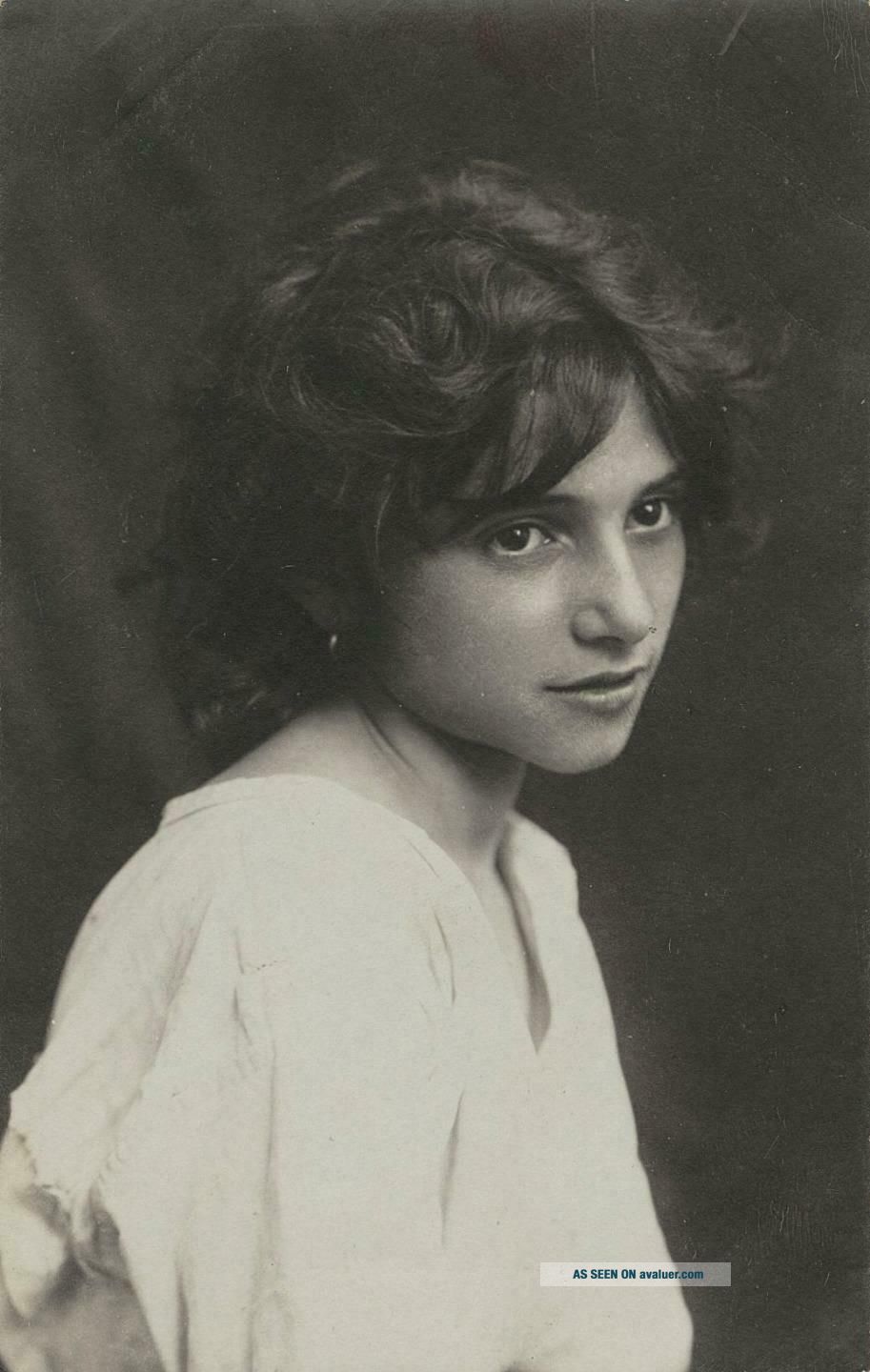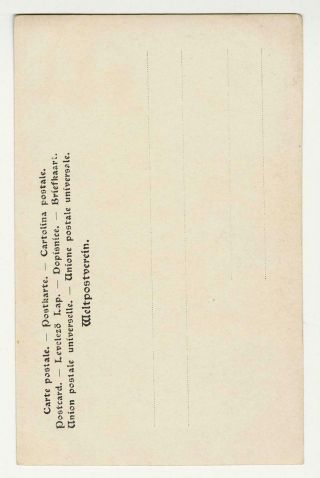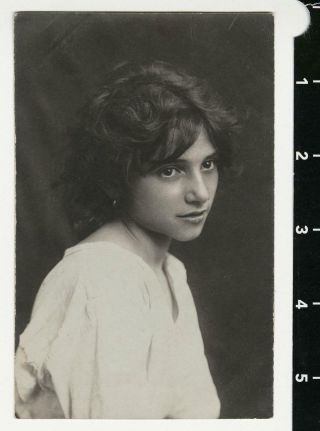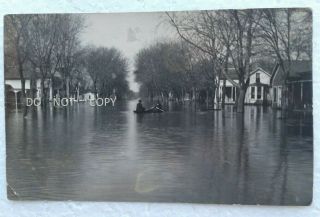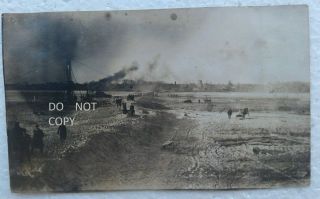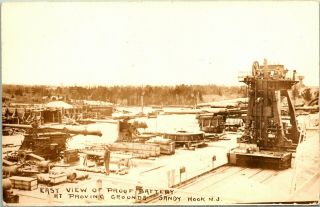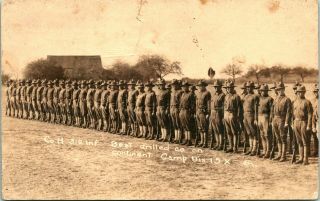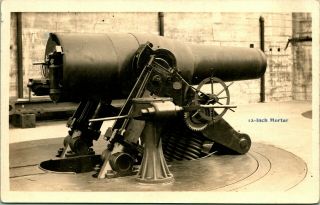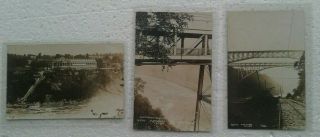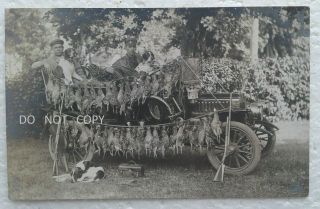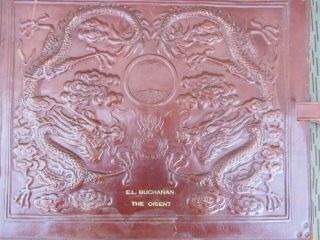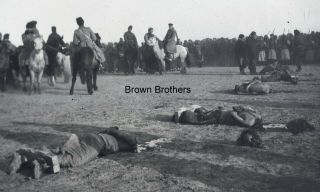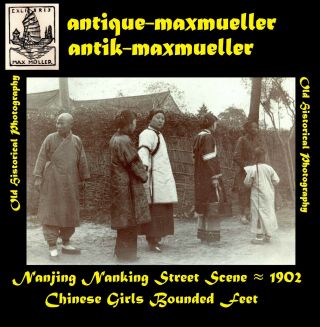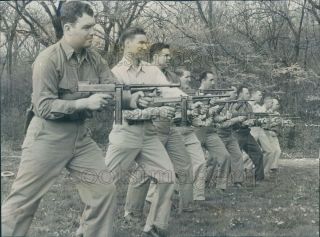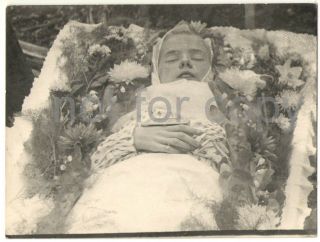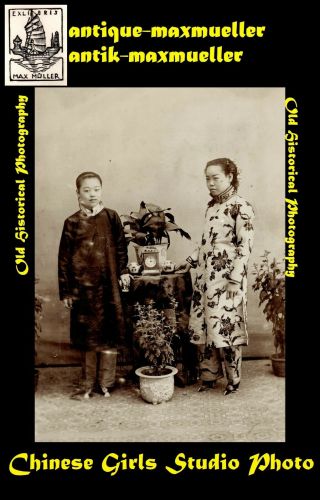C. 1910 ' S Portrait RPPC Attributed To Wilhelm Von Gloeden
Item History & Price
| Reference Number: Avaluer:24535516 |
Yes, I do combine shipping on photographs. If bidding on more than 1 item, please wait for an invoice before paying. I ship within 1 business day. If payment is not made within 4 days, an unpaid item case will be opened.
___________________
Wilhelm Iwan Friederich August Freiherr von G...loeden (September 16, 1856 – February 16, 1931) was a German photographer who worked mainly in Italy. He is mostly known for his pastoral nude studies of Sicilian boys, which usually featured props such as wreaths or amphoras suggesting a setting in the Greece or Italy of antiquity. From a modern standpoint, his work is commendable due to his controlled use of lighting as well as the often elegant poses of his models. His innovations include the use of photographic filters and special body makeup (a mixture of milk, olive oil, and glycerin) to disguise skin blemishes.
Biography
Wilhelm von Gloeden's background is something of a mystery. Although Gloeden alleged he was a minor German aristocrat from Mecklenburg, the heirs of the baronial branch of the Gloeden family have always insisted that no such person existed in their family records and that his claim to a barony was without warrant; the barony became extinct in 1885 with the death of Baron Falko von Gloeden.
It is believed he was the son of head forester Carl Hermann Gloeden (1820–1862) and his wife Charlotte Maassen (1824–1901; from 1864 Charlotte von Hammerstein).
After studying art history in Rostock (1876), Gloeden studied painting under Karl Gehrts [de] at the Weimar Saxon-Grand Ducal Art School (1876–77) until he was forced by lung disease (apparently tuberculosis) to interrupt his studies for a year, convalescing at a sanatorium in the Baltic Sea resort of Görbersdorf. In a search for health, he travelled to Italy (1877–78), first staying in Naples before moving on to Taormina in Sicily. He lodged at the Hotel Vittoria before buying a house near San Domenico Convent. Apart from the period 1915-18, during the First World War, when he was forced to leave Sicily to avoid internment as an enemy alien, he remained in Taormina until his death in 1931.
The mayor of Taormina in 1872-82 was the German landscape painter Otto Geleng [de] (1843–1939), who had moved there in 1863. Through him, Gloeden became acquainted with the local inhabitants. He set up his photographic studio in Taormina at first as a hobby and was exhibiting his work internationally by 1893 (London), including Cairo (1897), Berlin (1898–99, including a solo exhibition), Philadelphia (1902), Budapest & Marseilles (1903), Nice (1903 & 1905), Riga (1905), Dresden (1909) and Rome (World Fair 1911).
His well-known study of two young boys clinging to an Ionic column was published in The Studio (London) in June 1893 (above a nude study of Cecil Castle by Baron Corvo), which brought his work to the notice of a wider public.
In 1895, when his family's fortune was lost through the "Hammerstein affair", Gloeden received as a gift from his friend and patron the Grand Duke of Mecklenburg-Schwerin, a large-format plate camera. Soon his work brought him visitors from Europe, including royalty, industrialists, writers, including Oscar Wilde in December 1897, and artists. In 1930, Gloeden ceased work as a photographer and sold his house on the Piazza San Domenico in Taormina in return for an annuity and residence rights.
Gloeden's signature on a print
Gloeden scrupulously shared the proceeds of his sales with his models. The names of some of the models are known: Pasquale Stracuzzi (known as "Pasqualino"); Vincenzo Lupicino (known as "Virgilio" & seen in the "Boy with Flying Fish" photographs); Peppino Caifasso or Carafasso (who posed as "Ahmed"); Pietro Caspano or Capanu; Nicola Scilio, also spelled Sciglio; Giuseppe De Cristoforo; and Maria Intelisano (niece of the parish priest of nearby Castelmola).
His cousin, Guglielmo Plüschow (1852–1930), also a photographer of nudes, helped von Gloeden get more familiar with the technical side of photography (until then von Gloeden had not been a hobby photographer). Other important teachers of von Gloeden were local photographer Giovanni Crupi [it] (1859–1925) in the Via Teatro Greco and the pharmacist/photographer Giuseppe Bruno (1836–1904) in the Corso.
Burial Place of von Gloeden
While today Gloeden is mainly known for his nudes, in his lifetime he was also famous for his landscape photography that helped popularize tourism to Italy. In addition, he documented damage in from the 1908 Messina earthquake, which may explain why the locals mostly approved of his work.
The majority of Gloeden's pictures were made before the First World War, in the years from 1890 to 1910. During the war, he had to leave Italy. After returning in 1918, he photographed very little but continued to make new prints from his voluminous archives. In total, he took over 3000 images (and possibly up to 7000), which after his death were left to one of his models, Pancrazio Buciunì (also spelled Bucini; his dates sometimes given as c. 1864 – c. 1951 but probably should be 1879–1963), known as Il Moro (or U Moru)[6] for his North African looks. Il Moro had been Gloeden's lover since the age of 14, when he had first joined his household. In 1933, some 1000 glass negatives from Gloeden's collection (inherited by Buciuni) and 2000 prints were confiscated by Benito Mussolini's Fascist police under the allegation that they constituted pornography, and were destroyed; another 1000 negatives were destroyed in 1936, although Buciuni was tried and cleared at a court in Messina (1939–41) of disseminating pornographic images. Most of the surviving pictures (negatives and prints) are now in the Fratelli Alinari photographic archive in Florence (which in 1999 bought 878 glass negatives & 956 vintage prints formerly belonging to Buciuni to add to its existing collection of 106 prints) and further prints (which fetch hundreds of pounds at auction) are in private collections or held by public institutions such as the Civico Archivo Fotographico in Milan.
Attitudes towards his work during his lifetime and later
Gloeden generally made several different kinds of photographs. The ones that garnered the most widespread attention in Europe and overseas were usually relatively chaste studies of peasants, shepherds, fisherman, etc., featured in clothing like togas or Sicilian traditional costume, and which generally downplayed their homoerotic implications. He also photographed landscapes and some studies were of, or included, women. His models were usually posed either at his house, among the local ancient ruins, or on Monte Ziretto (c. 600 metres), located two kilometres to the north of Taormina and famous in antiquity for its quarries of red marble. He wrote in 1898: "The Greek forms appealed to me, as did the bronze-hued descendants of the ancient Hellenes, and I attempted to resurrect the old, classic life in pictures. ... The models usually remained merry and cheerful, lightly clad and at ease in the open air, striding forward to the accompaniment of flutes and animated chatter. More than a few greatly enjoyed the work and anxiously awaited the moment when I would show them the finished picture."
More explicit photos in which boys aged between about ten and twenty, and occasionally older men, were nude (sometimes with prominent genitalia) and which, because of eye contact or physical contact were more sexually suggestive, were traded "under the counter" and among close friends of the photographer, but "as far as is known, Gloeden's archive contained neither pornographic nor erotically lascivious motifs".



